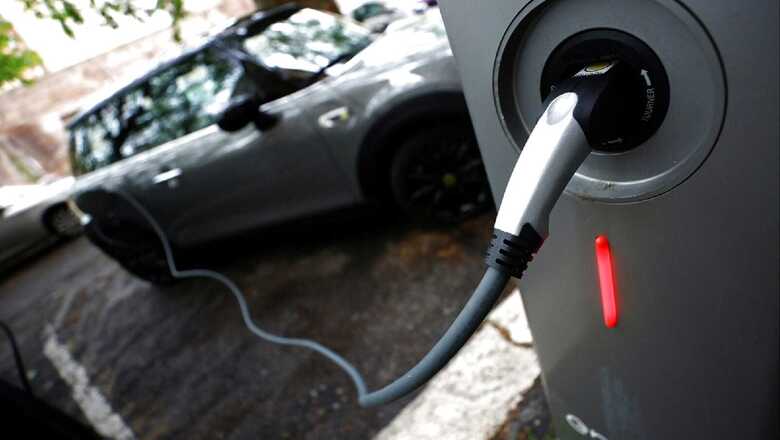
views
In 2021, electric cars are already mainstream. The recent news from Tata motors about demand for Nexon EV matching their Diesel variants implies that EVs are already in the consideration set of drivers. Major automobile manufacturers are making ambitious commitments about phasing out ICE (Internal Combustion Engine) vehicles and moving on to greener vehicles.
With such increased adoption for EVs, charging stations should be on every commercial property manager’s radar. If you own or manage an apartment complex or community, your residents are already thinking about buying an electric vehicle. Here’s what you should know about how charging in buildings can add value to your property and power up the EV Industry in the process.
As per a study on Indian vehicle ownership by professors from Cornell University and University of Texas, Indian car drivers make 2.4 trips per day. Most of these trips are work trips or grocery runs within the city. The vehicles sit idle in the parking station (either at office or at home) for 95% of the time. There lies the opportunity for building managers to empower the EV industry by installing charging stations at parking spots and use it to their benefit.
Having EV charging stations at the property projects the image of an organization, future-proofed and aligned to evolved users. This will enable businesses to attract and retain top talent and tenants. In the future, EV Charging at building will be a norm. But until then, forward-thinking property managers and businesses can use EV amenity to stand out from the competition. This will also enable businesses to communicate further on their ESG (Environmental, Social, and Corporate Governance) goals.
Above and beyond this, charging stations also provide avenues for extra revenues from under-utilized parking spaces.
Retailers with a corporate fleet can bring down operational budget by switching to electric vehicles. After all, electric vehicles are cheaper to maintain and cheaper to “refuel." EV charging stations can help fleets reduce the costs of refuelling company’s vehicles and reduce turn-around times.
While the benefits of charging stations are evident, building managers also need to evaluate how to go about installing charging stations.
The primary aspect to check is the sanctioned load available at the property. If the current sanctioned load doesn’t cover installing EV chargers, the management will need to apply for additional load. It is also imperative to identify Charging stations which come with load management capability. Based on the available load, calculate spare capacity and number of chargers.
If the sanctioned load allows you to set up chargers, next step is to identify the space required and plan the access to parking. The parking space should also accommodate pedestal, pillar or wall mounts based on the type of charger.
Then management needs to figure out wiring till charging station, concealment of wires (if required), and electrical requirements like junction box, transformers, earthing requirements etc.
If the Charging station is a smart IoT device (Connected to internet), provisions for access to Internet should also be there. Other aspects of installing chargers in parking spaces are lighting & signage, fire retardants, canopy to protect from rain and dust, wheel stops/bollards.
Read all the Latest News, Breaking News and Assembly Elections Live Updates here.



















Comments
0 comment